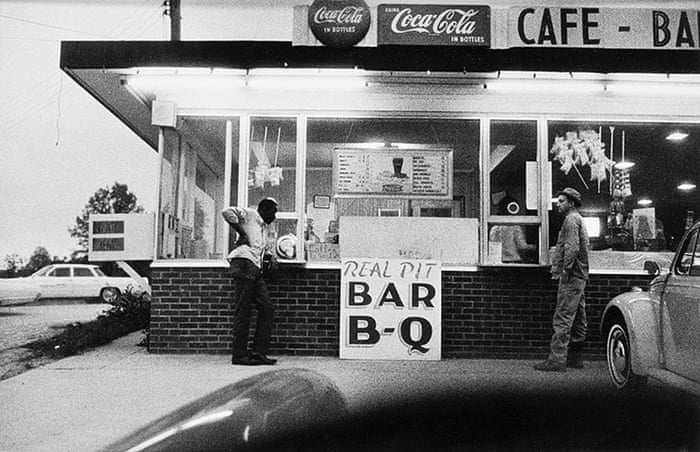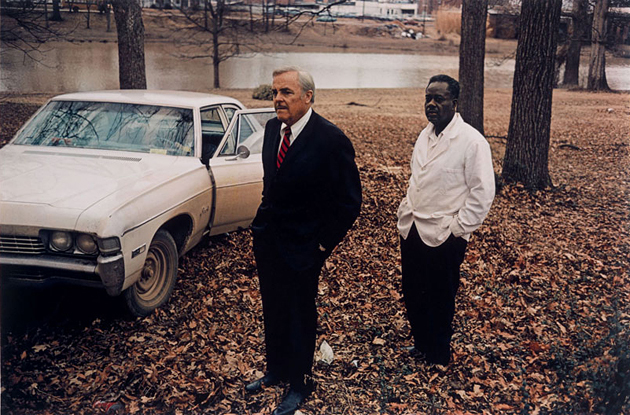 |
| Niki de Saint Phalle, Exhibition View @ Grand Palais |
All I really knew of Niki de Saint Phalle’s
work before going to the Grand Palais last night was the fountain installation
on the south plaza of the Pompidou Centre. Given the apparent frivolity of the
fountain, I was surprised by the complexity and boldness that I discovered in
her work on exhibition, especially given that it was made prior to the waves of
1970s feminism. Similarly, I was surprised by the fact that the work still holds its conceptual challenges all these years later. In many ways, I discovered
a conceptual artist as opposed to the visual artist I was expecting.
 |
| Niki de Saint Phalle, Une Nana |
At the same time however, and this is her
innovation, there was much joy and celebration in the sculptures especially. So
much of the feminist art of this first generation is angry (and there’s good
reason why) confrontational, loud and vociferous. Niki de Saint Phalle’s work
is all of that, but it has another layer which she very consciously crafts: the
beautiful. The Tir works are
exemplary and extraordinary in this sense. Carefully sculpted pieces, adorned
with, among other objects, bags of coloured paint, then covered by plaster
surface are fired at from a distance. Saint Phalle aims where she knows the
bags of coloured paint to be and what results are works most striking for their
coloured tears of paint. The many layers of each piece create a complex
narrative of violence, creativity, anger and grief. What is fired at is always
as important as Saint Phalle’s performance of shooting. Her targets are the art
world, centuries of art, culture, history, the United States government, her
father, Kennedy and Khruschev. Just the apparently simple act of this petite,
former model holding a gun cocked to fire speaks the empowerment of women to
take a stance against the injustices in a world created by men, the same world
that lies within the frame of her target.
 |
| Nike de Saint Phalle, Tir |
I also loved seeing all the men going
around, equally delighted by the joy and celebration of woman and women in Saint
Phalle’s sculptures, clearly moved by her power as a woman with a voice. As
babies are born and brides left faceless and abandoned, women strangled and
suffocated, their bodies distorted, their clothes covered in hatchets and meat
cleavers, toy guns and limbs of baby dolls, the men visiting the exhibition
seemed to be as held by the sculptures as their girlfriends. However, I did
wonder if they were equally confronted and outraged as I was by these
disturbing sculptures of oversized women defined by marriage and childbirth
gone wrong. Even as the oversized nanas, all bosoms and butts, danced and stood
in their power, I wondered if all the visitors were as enraged and excited by a
grotesquerie that also defines their power as I was? Black women and white,
small and large, all of them distorted were refreshing and inspiring as I
remember how many artists in this wave of feminism still to come, fought
patriarchy with their perfect bodies. It is indeed, the contradictions of Saint
Phalle’s women that make them both accessible and enjoyable as well as
frightening and critically outspoken.
 |
Sadly, I am not so convinced that the story
has changed so much today, and I kept thinking how relevant everything Saint
Phalle says is for today’s audience. I wish we had such an artist in our
generation encouraging women to take ownership of the public sphere like she
did. If there are strains of Saint Phalle’s ideas that are now old, it’s only
because today the issues have migrated and a different language is used to
articulate them. It’s these commonalities between then and now, I believe, that
ensures the sculptures retain their force.








